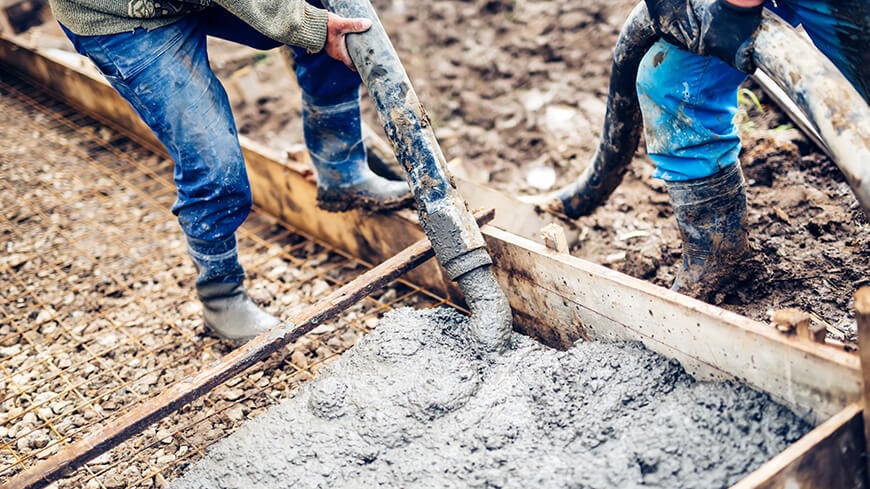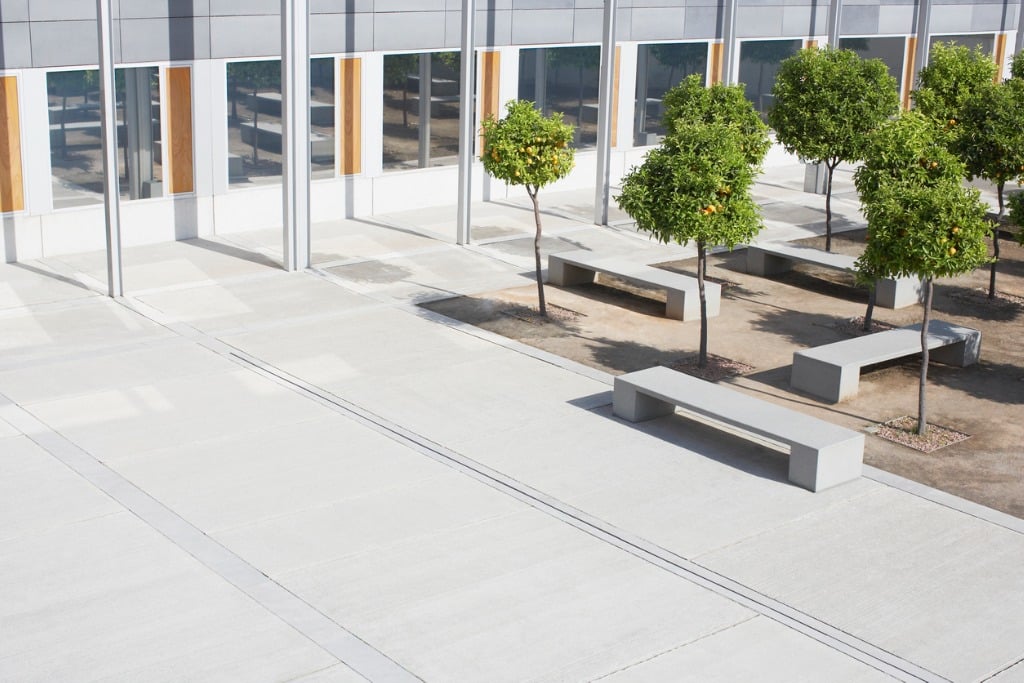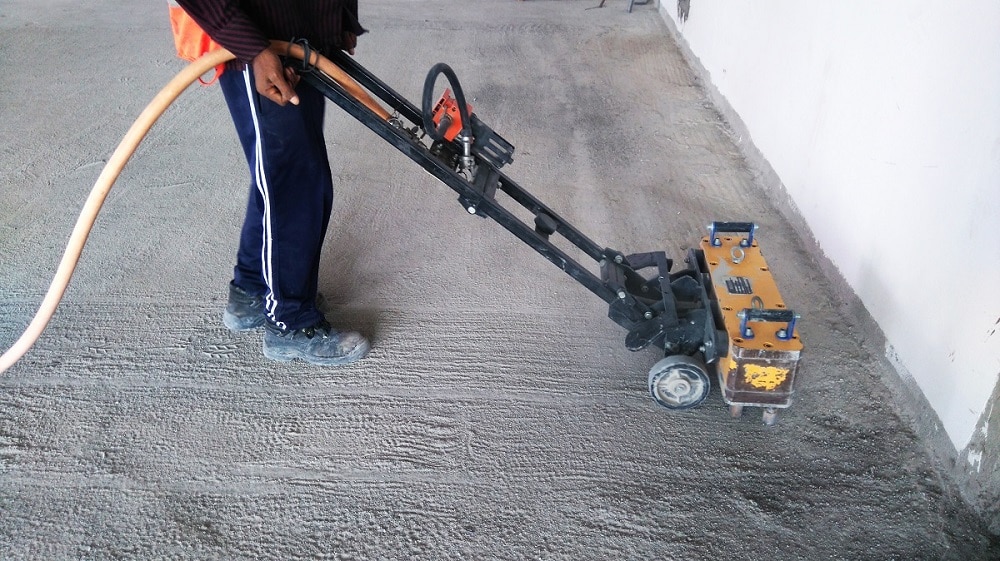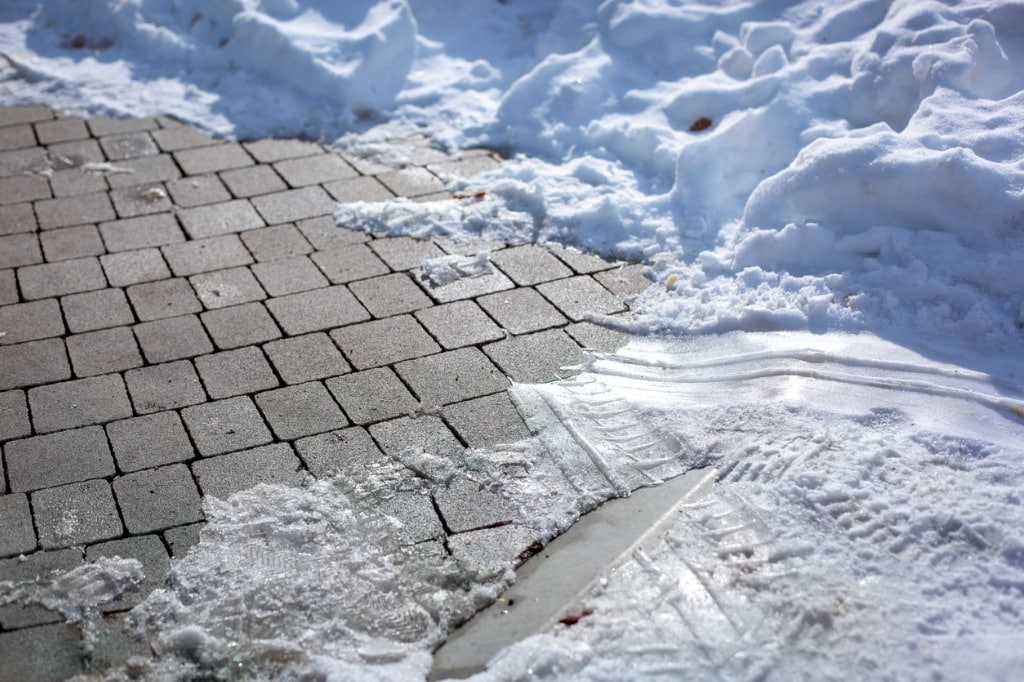Both asphalt and concrete are common construction materials used for different kinds of construction projects.…

Today’s Concrete – Practical, Powerful, and Centuries in the Making
Have you ever been strolling down a sidewalk or walking along a roadside, and suddenly taken notice of that seemingly indestructible surface you’re moving over? Concrete is one of those things that you don’t think much about, unless you happen to be observing a construction site or a crew paving a new roadway. If you’ve never read much about it, you might think concrete is a fairly modern invention, developed because there was a need for highways to drive vehicles over, or to provide reliable support for today’s huge commercial buildings.
Is concrete the same as cement?
No, it isn’t. Cement is actually one of the ingredients used to make concrete, along with aggregate comprised of either fine or coarse material (depending on the intended use for the concrete), such as sand, crushed stone, or gravel. When the cement component of concrete dries and hardens, it makes a very strong material that literally has thousands of uses in the modern world, especially for those requiring an extremely strong and stable foundation, such as airport runways, residential streets, business streets, and both intrastate and interstate highways. Although cement and concrete are often used interchangeably in conversation, they are definitely not the same thing, and that has been true all the way back to their different origins.
History of Concrete 101
While cement is thought to have formed naturally from shale, limestone, and water, more than 10 million years ago, concrete was introduced to the world a mere 6,500 years ago by the Nabatean peoples who occupied modern-day Jordan and Syria. These people used an early form of concrete to construct buildings in their communities, and at least parts of those buildings have survived the millennia of harsh weather and human conflict which have been hallmarks of the area.
In the early days of the Roman Empire, stone structures dominated architecture, but when concrete usage was discovered, it soon took over and became the building material of choice for most of the spectacular Roman creations such as the Colosseum, the Pantheon, and the famous Roman Baths.
The first truly modern concrete mixture was developed in 1756 by a British engineer named John Smeaton, and what made it so modern was the fact that it used water, powdered brick, pebbles, and cement. In 1824, another inventive British scientist named Joseph Aspdin discovered Portland Cement, which has remained the most often-used cement mixture in all concrete made to this day.
Modern-day Concrete
Whenever concrete paving or concrete flatwork are needed today, there are a number of qualified companies you might call on, but in the area of Kansas and Missouri (especially around the Kansas City metro area), there’s only one company you should contact, and that’s K&E Flatwork LLC. For new concrete flatwork and for flatwork repair, or for concrete paving that helps you maintain your commercial property, the concrete repair contractor with the most experience and the most affordable prices is K&E. Contact us today to have all your questions answered, or to get a free estimate.




This Post Has 0 Comments